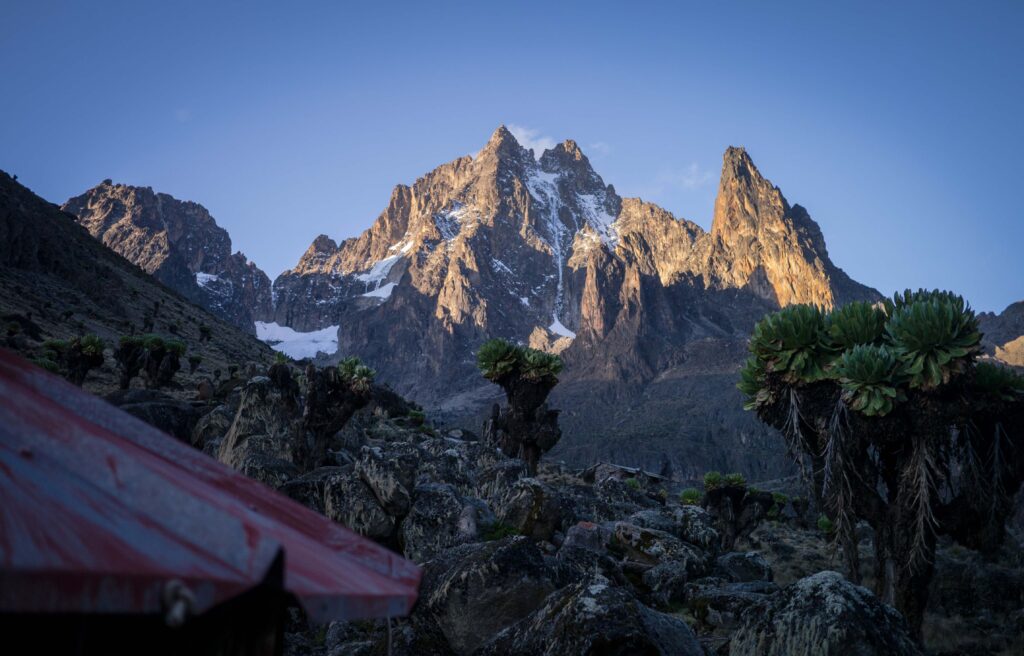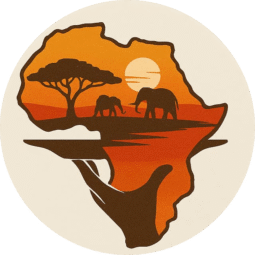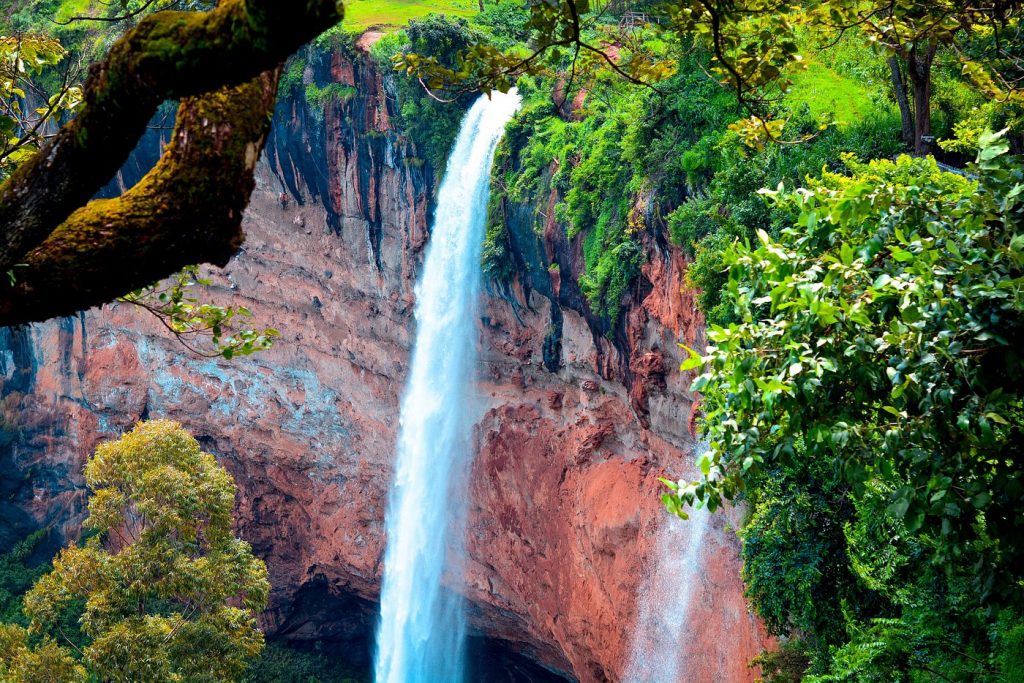A Majestic Adventure for Travelers in Eastern Kenya
Rising majestically in central Kenya, Mount Kenya stands as Africa’s second-highest peak and a premier destination for travelers seeking a thrilling East African adventure. Located approximately 150 kilometers northeast of Nairobi, this UNESCO World Heritage Site encompasses Mount Kenya National Park, offering a stunning blend of rugged peaks, diverse ecosystems, and cultural richness. This comprehensive travel guide provides essential information for visitors year-round, covering the best times to visit, how to get there, activities, accommodations, and practical tips, ensuring an unforgettable experience on your journey beyond a Uganda safari.
The Allure of Mount Kenya
Mount Kenya, reaching 5,199 meters at Batian Peak, is an extinct volcano with dramatic spires, glaciers, and alpine moorlands. The park spans 715 square kilometers, featuring lush rainforests, bamboo zones, and unique flora like giant lobelias and senecios. Home to over 130 mammal species—including elephants, buffaloes, and leopards—and 300 bird species, such as the scarlet-tufted sunbird, it’s a biodiversity hotspot. Its proximity to Mount Elgon and the cultural heritage of the Kikuyu people, who revere it as a sacred site, make Mount Kenya a compelling destination for nature lovers and adventure seekers.

Best Times to Visit
Mount Kenya can be explored year-round, with temperatures ranging from 10°C at higher altitudes to 25°C in lower areas, influenced by Kenya’s equatorial climate. The dry seasons—January to March and July to October—are ideal for trekking and wildlife viewing, offering clear skies and manageable trails. The wet seasons (April-June and November-December) bring lush vegetation and enhanced waterfall flows, though paths may become slippery. Travelers should plan based on their activity, with dry months favoring summit attempts and wet months showcasing the park’s verdant beauty.
Journeying to Mount Kenya National Park
The park is about 150 kilometers from Nairobi, a 3-4 hour drive via the Nanyuki or Chogoria routes, passing through picturesque highlands. From Nanyuki, it’s approximately 20 kilometers (30-45 minutes) to the Sirimon Gate, the most popular entry. For convenience, private 4×4 vehicles or chartered taxis are recommended, while matatus from Nairobi to Nanyuki (500-1,000 KES) followed by a boda-boda or taxi are viable options. Travelers can arrange transport through a local operator to ensure a comfortable and efficient trip.
Unparalleled Activities and Experiences
Mount Kenya National Park offers a range of activities for all travelers:
- Trekking and Climbing: Ascend to Point Lenana (4,985 meters), the highest accessible peak for non-technical climbers (3-5 days), or tackle Batian and Nelion with mountaineering skills (6-8 days). Guided tours are essential.
- Wildlife Viewing: Spot elephants, buffaloes, and rare species like the Mount Kenya mouse shrew on lower trails.
- Birdwatching: Observe over 300 species, including the Hartlaub’s turaco and sunbirds, in the park’s diverse habitats.
- Nature Walks: Explore shorter trails like the Meru Circuit, offering views of waterfalls and alpine flora.
- Cultural Encounters: Visit Kikuyu villages near the park to learn about their traditions and the mountain’s spiritual significance.
Travelers can enhance their visit with guided excursions, ensuring safety and a deeper connection to the region’s natural and cultural heritage.
Premier Accommodations for a Comfortable Stay
Mount Kenya provides a variety of lodging options:
- Mount Kenya Safari Club: A luxurious retreat in Nanyuki with stunning views, ideal for relaxation.
- Serena Mountain Lodge: Elevated treehouse-style rooms with wildlife sightings, perfect for nature lovers.
- Meru Slopes Hotel: Mid-range comfort in Meru, a convenient base.
- Campsites: UWA-managed sites like Sirimon and Met Station offer a rustic experience for adventurers.
Booking in advance, particularly during peak trekking seasons, is recommended to secure preferred accommodations.
Practical Travel Tips for Visitors
To ensure a seamless trip, consider these tips:
- Gear Essentials: Pack sturdy hiking boots, waterproof clothing, warm layers for higher altitudes, a camera, and trekking poles. Binoculars enhance wildlife viewing.
- Safety Protocols: Hire a local guide (around 15-20 USD/day) and porter; unmarked trails and altitude risks require caution. Mobile signal is limited—consider a satellite phone.
- Environmental Care: Stick to designated paths and avoid littering to preserve the park’s ecosystem.
- Advance Planning: Contact a travel operator for bookings and support, especially for peak seasons.
- Health Preparedness: Carry a yellow fever certificate and malaria prophylaxis, standard for East African travel, and consult a doctor for altitude sickness prevention.
Planning Your Mount Kenya Visit
This travel guide equips you to explore Mount Kenya National Park, a majestic haven offering adventure and natural beauty year-round. Whether you’re summiting its peaks or marveling at its wildlife, Mount Kenya delivers a memorable experience. For tailored assistance, reach out to a local operator to plan your journey.
Mount Kenya National Park is a testament to East Africa’s diverse landscapes, a thrilling escape for travelers seeking challenge or tranquility. Embrace this Kenyan gem and let expert guidance lead you to its alpine wonders.

